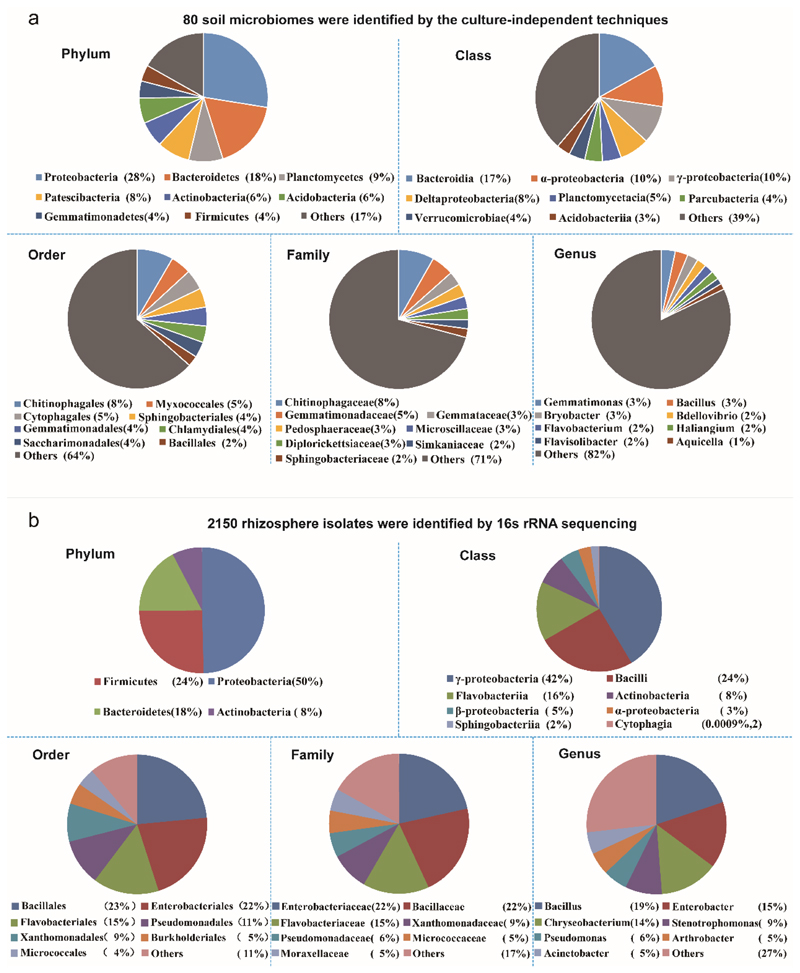Extended Data Fig. 1. The diversity and taxonomic classification of rhizosphere microbiomes and bacterial isolates.
a. A total of 80 rhizosphere microbiomes were identified by amplifying the V4 hypervariable regions of the bacterial 16S rRNA gene.Eight bacterial groups with highest relative abundances at the phylum, class, order, family, and genus levels are shown in the figure, while groups with relatively low abundances were merged and are presented as one group ‘Others’. b. A total of 2150 rhizosphere isolates were identified by 16s rRNA sequencing and their closest relatives were determined using the NCBI database.Seven bacterial groups with highest relative abundances at phylum, class, order, family, and genus levels are shown in the figure, while groups with relatively low abundances were merged and are presented as one group ‘Others’. In all panels, percentage (%) values in brackets represent the proportion of each bacterial group of the total OTUs (11929 OTUs; 2150 bacterial isolates).

